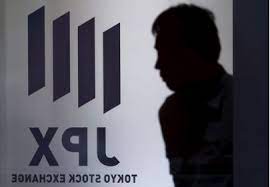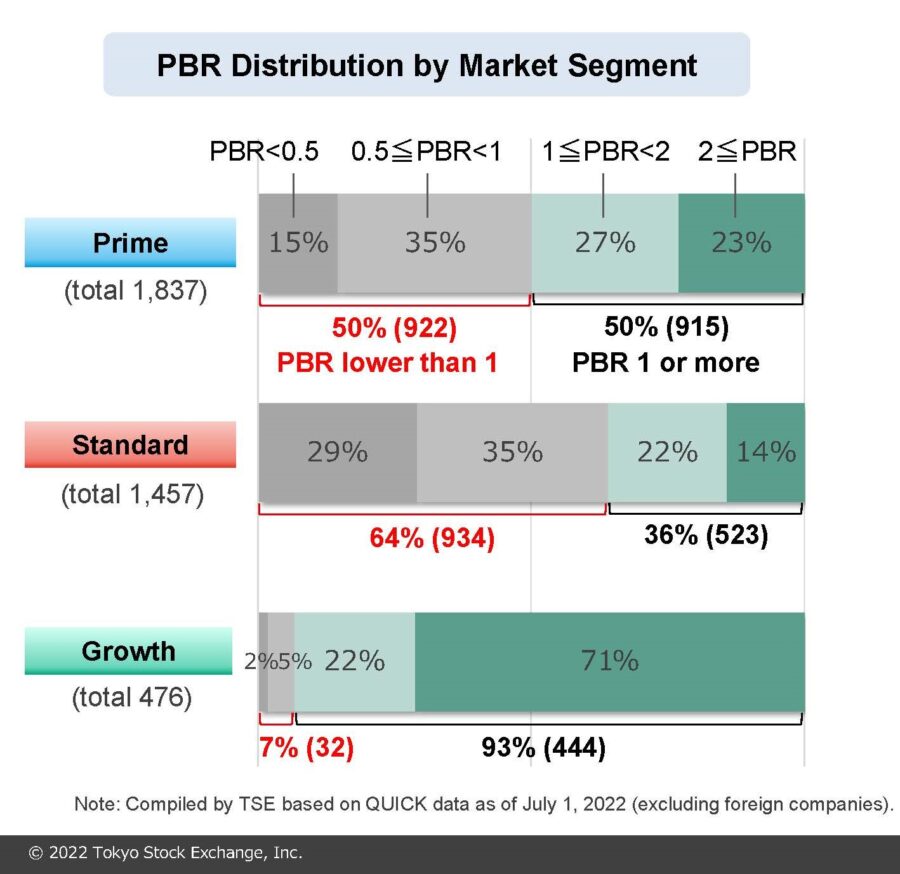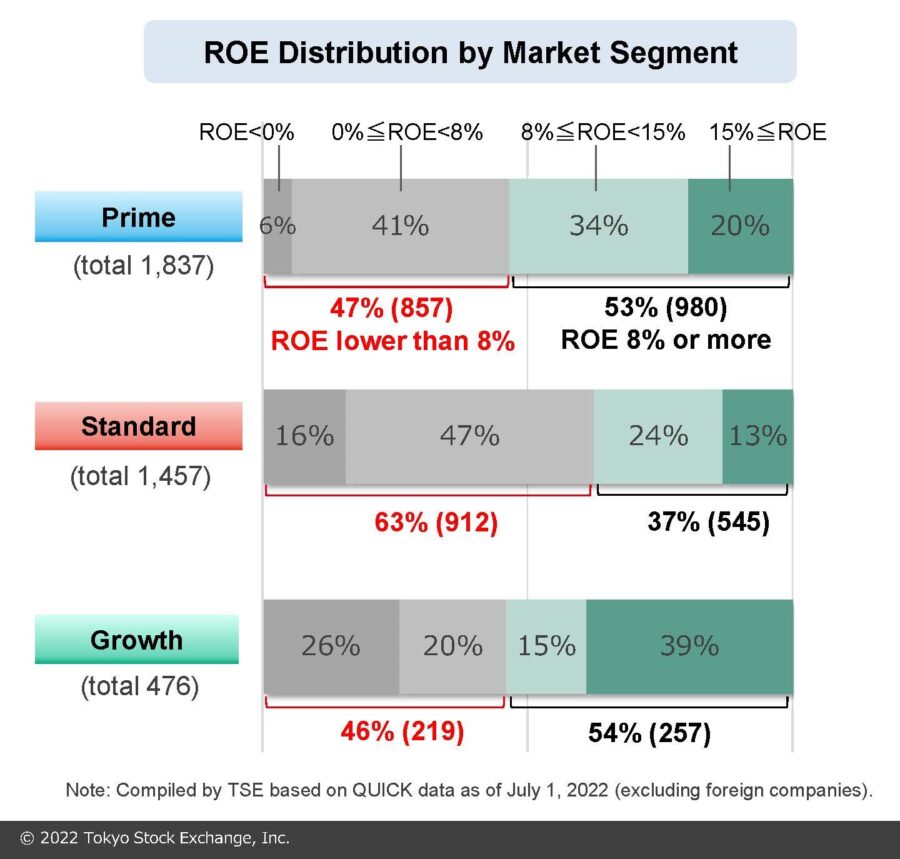2023 has been a historic year for Japan’s Nikkei 225 and TOPIX 500 indices, reaching their highest levels in more than 33 years. The third-largest stock market in the world has finally taken center stage, far outstripping the gains for the U.S. S&P 500 for the year in local currency terms (as of 11/13/23). Through October 2023 foreign investors have bought a net $22.8 billion in Japanese equities, a stark reversal from total year 2022 when foreigners sold a net $17.1 billion.(Dollar figures at average exchange rates.)
Yet for every optimistic investor flooding into Japan is an equally skeptical one, pointing to the era of “Abenomics”. Prime minister Shinzo Abe stood in front of the cameras in 2014, touting his ability to shake up the staid operations of Japanese companies. It was a tall order after years of economic malaise (following the 1980s bubble burst), as companies chaffed against employee raises or shareholder dividends. It wasn’t the sea change Abe predicted, with an economy that has barely grown in the past decade. But times are changing… and two reasons are at the core: 1) inflation and 2) corporate governance revamp.



As a value manager, Polaris looks for undervalued but fundamentally strong companies that are cornerstones within their respective industries. Japan has a wealth of technology and frontrunner firms that are among the best in the business; yet, the feeding frenzy in Japan has caused many stock multiples to re-rate. In other words, it might look expensive to invest in Japan right now unless you know where to look.
We watched Japanese trading houses for several years, subsequently investing in Marubeni and Itochu. In June 2023, Warren Buffet announced he will boost his ownership in trading companies up to 9.9%. The valuation of trading companies is much lower than the Japan market in general. Broadly diversified trading companies are exposed to 35% or more of the domestic economy, with the balance around the world and often tied to trade with the Japanese economy.
Digital transformation (DX) is another interesting space, as Japan has been comparatively slow to digitize its products/services/offerings or technology migration at the corporate level; we believe that IT consulting, implementation and hardware/software focused on this space has potential.
Another investment angle might include the spin-offs or remaining corporate entities following restructuring efforts, similar to what we have seen with Hitachi and Sony. In 2020 alone, Hitachi Capital was bought by Mitsubishi UFJ Lease, while Hitachi Metals and Hitachi Construction Machinery were projected to be spun-off. Finding good restructuring stories may be an opportunity for value investors to make money in Japan over time.
Polaris Capital Management LLC is an investment advisor registered with the U.S. Securities and Exchange Commission (SEC). Polaris' website provides general information regarding our business along with access to additional investment related information. Material presented is meant for informational purposes only. To the extent that you utilize any financial calculators or links in our website, you acknowledge and understand that the information provided to you should not be construed as personal investment advice from Polaris or any of its investment professionals. For additional information regarding our services, or to receive a hard copy of our firm's disclosure documents (Form ADV Part I and Form ADV Part II), contact client service. You may also obtain these disclosure documents online from the SEC Investment Adviser Public Disclosure (Firm CRD# 106278). ©2013-2025 Polaris Capital Management, LLC. All rights reserved.
This website uses necessary cookies to make our site work. A handful of non-essential cookies seek to enhance the browsing experience, analyze website traffic and improve site usage and functionality via analytics. By clicking “Accept“, you consent to accept these non-essential cookies; however, you can opt-out by clicking "Deny". See our cookie policy here.
IMPORTANT INFO: RETIREMENT CALCULATOR
The retirement calculator is a model or tool intended for informational and educational purposes only, and does not constitute professional, financial or investment advice. This model may be helpful in formulating your future plans, but does not constitute a complete financial plan. We strongly recommend that you seek the advice of a financial services professional who has a fiduciary relationship with you before making any type of investment or significant financial decision. We, at Polaris Capital, do not serve in this role for you. We also encourage you to review your investment strategy periodically as your financial circumstances change.
This model is provided as a rough approximation of future financial performance that you may encounter in reaching your retirement goals. The results presented by this model are hypothetical and may not reflect the actual growth of your own investments. Polaris strives to keep its information and tools accurate and up-to-date.
The information presented is based on objective analysis, but may not be the same that you find at a particular financial institution, service provider or specific product’s site. Polaris Capital and its employees are not responsible for the consequences of any decisions or actions taken in reliance upon or as a result of the information provided by this tool. Polaris is not responsible for any human or mechanical errors or omissions. All content, calculations, estimates, and forecasts are presented without express or implied warranties, including, but not limited to, any implied warranties of merchantability and fitness for a particular purpose or otherwise.
Please confirm your agreement/understanding of this disclaimer.
DISCLAIMER: You are about to leave the Polaris Capital Management, LLC website and will be taken to the PCM Global Funds ICAV website. By accepting, you are consenting to being directed to the PCM Global Funds ICAV website for non-U.S. investors only.